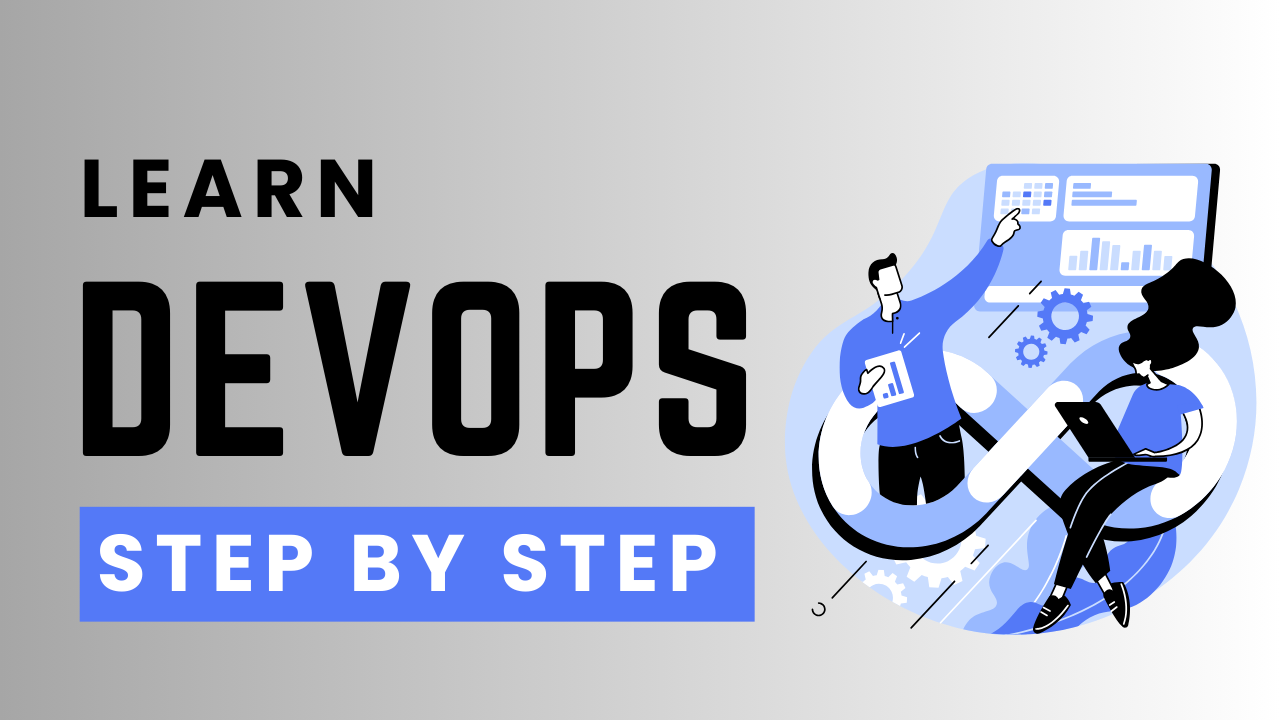In the fast-paced world of e-commerce, businesses must adapt quickly to handle growing customer demands, seasonal traffic spikes, and rapid feature deployments. Many online shopping platforms begin with a monolithic architecture—a single, unified system that handles everything from user accounts to payments. However, as traffic and data volumes increase, this approach often leads to sluggish performance, complex updates, and scalability bottlenecks.
Transitioning to a microservices architecture can address these challenges by breaking down the monolith into smaller, independent services. This shift enhances scalability, maintainability, and deployment agility—although it introduces complexities such as inter-service communication and data consistency. For an e-commerce platform prioritising growth, the benefits of microservices far outweigh the drawbacks, provided the transition is managed strategically.
Why Move from Monolith to Microservices?
The Limitations of a Monolithic Architecture
Consider a retail e-commerce company that initially built a monolithic platform handling product catalogues, user accounts, orders, and payments. As customer traffic surged, the system slowed down, updates became riskier, and scaling the entire application was inefficient. Deploying a minor change required retesting the entire system, which delayed the implementation of innovation.
The Microservices Solution
The company transitioned to microservices, decomposing the monolith into independent services:
-
User Account Service – Manages authentication and profiles.
-
Product Catalogue Service – Handles product listings and inventory.
-
Order Processing Service – Manages shopping carts and checkouts.
-
Payment Service – Integrates securely with multiple payment gateways.
Each service was deployed on separate servers, communicating via APIs. When a customer browses products, the Product Catalogue Service retrieves data independently. During checkout, the Order and Payment Services process transactions without affecting other functions.
This modular approach improved performance, simplified updates (e.g., modifying the payment service without disrupting orders), and enabled scaling only the necessary services during peak sales.
Advantages of Microservices for E-Commerce
1. Independent Deployment & Faster Innovation
Teams can develop, test, and deploy services independently, accelerating feature releases. For instance, updating the recommendation engine doesn’t require redeploying the entire application.
2. Scalability on Demand
During holiday sales, only high-demand services (such as order processing) need scaling, optimising resource use, and reducing costs.
3. Fault Isolation & Resilience
If the payment service fails, the product catalogue remains unaffected, minimising downtime.
4. Flexibility in Technology Choices
Different services can use the best-suited programming languages and databases (e.g., Node.js for user management, Python for analytics).
Challenges & How to Overcome Them
While microservices offer significant benefits, they introduce new complexities:
1. Increased Operational Overhead
Managing multiple services requires robust DevOps practices, including containerisation (Docker) and orchestration (Kubernetes). Enrolling your team in a DevOps course with placement can help bridge skill gaps in deploying and monitoring distributed systems.
2. Inter-Service Communication
APIs must be well-documented and versioned to prevent breaking changes. Tools like GraphQL or RESTful APIs help maintain smooth interactions.
3. Data Consistency
Since each service has its own database, maintaining consistency requires event-driven architectures (e.g., Kafka) or Saga patterns.
4. Monitoring & Debugging
Distributed tracing tools (Jaeger, Prometheus) are essential for tracking requests across services.
5. Security Concerns
Each service must enforce strict authentication (OAuth, JWT) and encryption.
Best Practices for a Smooth Transition
-
Start Incrementally – Refactor one module at a time (e.g., start with the payment system).
-
Invest in Automation – CI/CD pipelines reduce deployment risks.
-
Prioritise Team Training – A DevOps course with placement ensures your team masters containerisation, orchestration, and monitoring.
-
Implement Strong API Governance – Version APIs to avoid disruptions.
-
Adopt Comprehensive Monitoring – Track performance metrics and logs in real time.
Conclusion
For an e-commerce platform aiming for scalability, rapid deployments, and resilience, transitioning to microservices is a strategic move. While the shift introduces operational complexities, proper planning, automation, and team upskilling—such as through a DevOps course with placement—can mitigate these challenges.
By decomposing the monolithic architecture into smaller, autonomous services, organisations can increase operational agility, optimise resource allocation, and enhance the overall customer experience—particularly during periods of high traffic. With the proper practices, microservices empower online retailers to innovate faster and scale efficiently, future-proofing their platforms for evolving market demands.
Are you prepared to modernise your architecture? Allocate resources toward appropriate tools, comprehensive training, and practical strategies to ensure a successful implementation of microservices.



